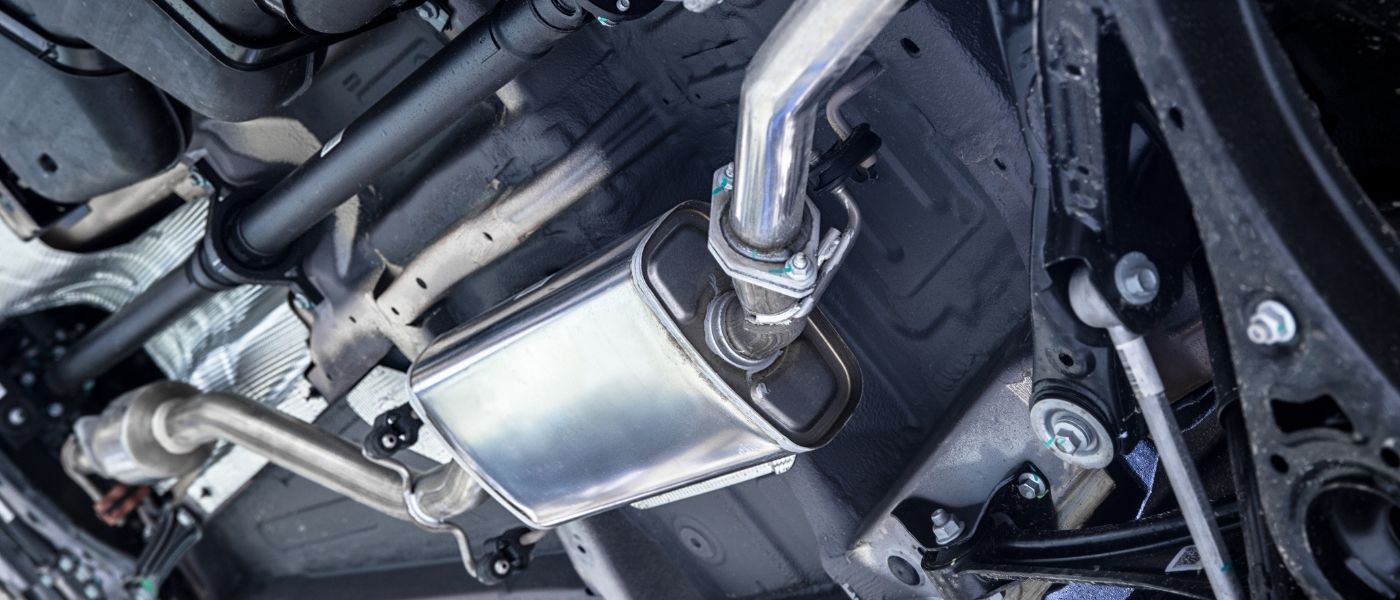Become an auto expert with our simple breakdown of your car’s exhaust system.
Controlling noise, improving performance, reducing fuel consumption, and directing exhaust gases away from passengers are the purposes of the exhaust system. However, we call it a system because it has different parts that make it work. So what do the different parts of an exhaust system do?
You don’t have to be a guy who takes his car to the mechanic whenever there’s a little problem. Learn the basics of exhaust systems and their components so you can take care of your vehicle yourself and save some money.
There are different types of exhaust systems, from an axle-back exhaust system to a cat-back system, but in general, they feature the same parts that perform the same functions.
Muffler
Also known as a silencer, the muffler is found toward the exhaust system’s end. A muffler’s purpose is to dampen any noise that the fuel combustion process produces. It also directs exhaust gases away from the system.
Resonator
The muffler can’t eliminate all engine sound. Thus, your car needs a resonator to complement it. A resonator is similar to a mini-muffler, and many exhaust systems include it. Resonators look like straight pipes with sound-absorbing materials to make your vehicle a little quieter.
Exhaust Manifold
This component connects to the cylinder head and collects the exhaust from each cylinder into a single pipe. An exhaust manifold is essential for ensuring that no harmful gases reach the vehicle’s occupants.
Headers
Headers are one of the most straightforward bolt-on equipment pieces that improve the vehicle’s performance. The purpose of headers is to help the motor push exhaust gases out from the cylinders more easily. There are two types of headers for car exhausts: short and long tubes.
Catalytic Converter
A catalytic converter is a piece of your exhaust system that works in the background. Its goal is to remove any hazardous fumes or unburned fuel from the exhaust system. This process prevents harmful gas from getting to the outside environment.
Oxygen Sensors
Both sides of a catalytic converter have oxygen sensors installed. They are used in all modern fuel-injected cars to determine how much oxygen is in the exhaust. The car computer can then add or subtract fuel to achieve the ideal combination for optimal fuel efficiency.
EGR Valve
Internal combustion engines have an Exhaust Gas Recirculation (EGR) valve. It’s a means for lowering nitrogen oxide emissions for gas and diesel cars that may have exhaust system upgrades. It recirculates a portion of the exhaust gas from an engine and puts it back into the cylinders.
Exhaust Pipe
The exhaust pipe connects all of the mentioned items and transports the gas to your muffler. Exhaust tubing is typically steel, but it can also be stainless or aluminized steel.
Now, you should understand more about the different parts of an exhaust system and what they do.


